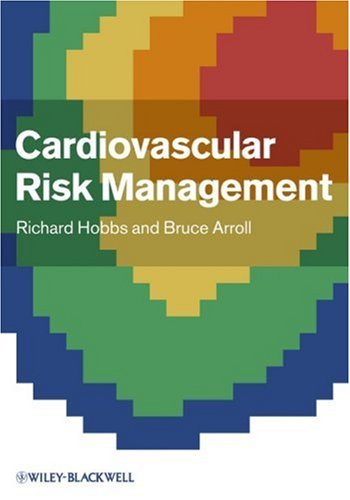

Most ebook files are in PDF format, so you can easily read them using various software such as Foxit Reader or directly on the Google Chrome browser.
Some ebook files are released by publishers in other formats such as .awz, .mobi, .epub, .fb2, etc. You may need to install specific software to read these formats on mobile/PC, such as Calibre.
Please read the tutorial at this link: https://ebookbell.com/faq
We offer FREE conversion to the popular formats you request; however, this may take some time. Therefore, right after payment, please email us, and we will try to provide the service as quickly as possible.
For some exceptional file formats or broken links (if any), please refrain from opening any disputes. Instead, email us first, and we will try to assist within a maximum of 6 hours.
EbookBell Team

5.0
68 reviews
ISBN 10: 1405155752
ISBN 13: 9781405155755
Author: Richard Hobbs, Bruce Arroll
1. The Epidemiology of Cardiovascular Disease
2. Using Guidelines as a Framework for Cardiovascular Risk Management: Comparison of International Recommendations
3. Identifying High-Risk Patients
4. Moderate- to Low-Risk Patients: Management Recommendations
5. High-Risk Patients: Management Recommendations
6. Type 2 Diabetes and Metabolic Syndrome Patients: Management Recommendations for Reducing Cardiovascular Risk
7. Lifestyle Changes to Reduce Cardiovascular Risk
8. Pharmacotherapy: Improving the Lipid Profile
9. Pharmacotherapy: Lowering Blood Pressure
10. Pharmacotherapy: Lowering Blood Glucose (in relation to CVD)
11. Long-Term Management of Cardiovascular Disease (Secondary Prevention)
12. Managing Cardiovascular Risk in the Future
cardiovascular risk management
bpac cardiovascular risk management
aggressive cardiovascular risk management
cardiovascular risk management guidelines
cardiovascular risk management in diabetes
Tags: Richard Hobbs, Bruce Arroll, Cardiovascular, Management